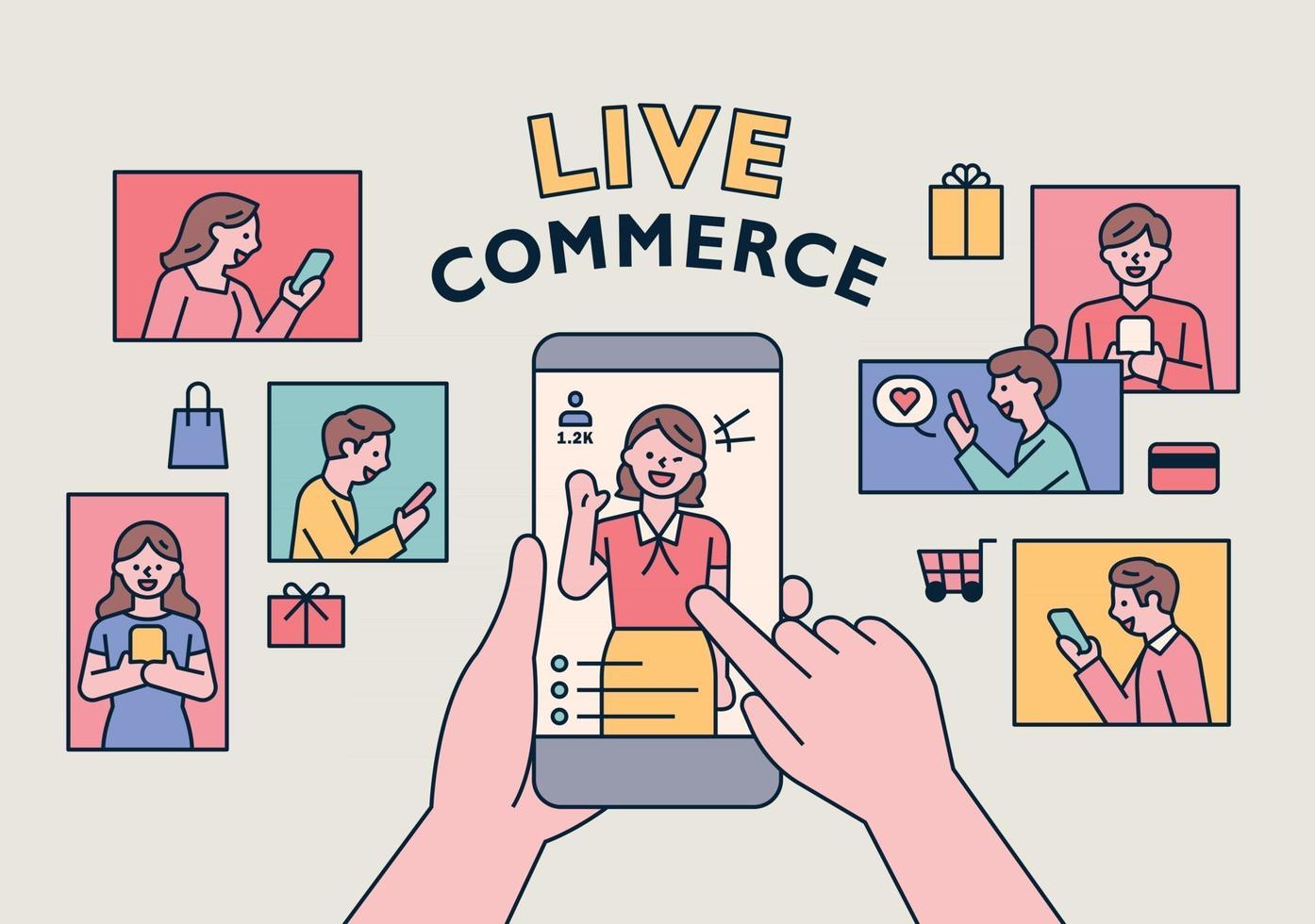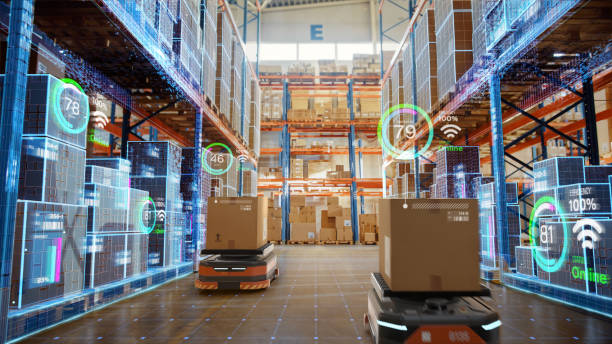Can Live Commerce Outperform Traditional E-Commerce? Analyzing Consumer Behavior Shifts

Strong 8k brings an ultra-HD IPTV experience to your living room and your pocket.
Introduction
The Live Commerce Market is disrupting traditional e-commerce by offering an immersive, interactive shopping experience that static product pages simply can’t match. But can this real-time shopping model actually outperform conventional online retail in the long run?
With giants like Amazon, Alibaba, and TikTok heavily investing in live shopping features, and consumers increasingly favoring engaging, instant-purchase experiences, the battle between live commerce and traditional e-commerce is heating up.
In this deep dive, we analyze the latest consumer behavior trends, compare sales performance between the two models, and explore whether live commerce has the potential to dominate the future of retail.
Live Commerce vs. Traditional E-Commerce: Key Differences
1. Engagement & Interaction
Live Commerce: Real-time Q&A, live demos, and host interactions create a dynamic experience.
Traditional E-Commerce: Static product pages with reviews and images lack immediacy.
2. Conversion Rates
Live commerce boasts 10-20% conversion rates, compared to 2-3% for traditional e-commerce.
Alibaba’s Taobao Live reports 30% higher sales during live shopping events.
3. Purchase Motivation
Live Commerce: Driven by FOMO (Fear of Missing Out), limited-time deals, and entertainment.
Traditional E-Commerce: Relies on convenience, price comparisons, and detailed product research.
Why Consumers Are Shifting to Live Commerce
1. The Power of Real-Time Social Proof
Watching a host or influencer demonstrate a product builds instant trust.
Example: A beauty brand’s live makeup tutorial leads to 3x more purchases than a pre-recorded video.
2. Interactive & Personalized Shopping
Shoppers can ask questions and get immediate answers, reducing hesitation.
AI-driven recommendations during streams boost upsells by 25%.
3. Gamification & Exclusivity
Flash sales, giveaways, and live auctions create urgency.
Shein’s live fashion shows drive 50% more engagement than standard product listings.
Case Studies: Brands Winning with Live Commerce
1. Alibaba’s Singles’ Day Live Shopping Extravaganza
$7.5B in sales from live streams in a single day.
Top influencers sold out luxury items in seconds, proving live commerce’s power.
2. TikTok Shop’s Explosive Growth
Small businesses saw 300% higher conversions via live shopping vs. regular posts.
#TikTokMadeMeBuyIt trend turned viral live demos into instant sales.
3. QVC’s Digital Reinvention
The TV shopping pioneer now generates 40% of revenue from live-streamed digital sales.
Challenges Preventing Live Commerce from Dominating
1. High Operational Costs
Requires skilled hosts, production teams, and tech infrastructure.
Small businesses struggle to compete with big brands’ budgets.
2. Platform Dependence & Algorithm Risks
TikTok and Instagram control visibility—algorithm changes can kill reach overnight.
Example: Facebook shut down its live shopping hub in 2023, leaving brands scrambling.
3. Consumer Fatigue & Oversaturation
Too many live sales events lead to lower engagement over time.
Solution: Brands must focus on quality over quantity—curated, high-value streams.
The Verdict: Will Live Commerce Replace Traditional E-Commerce?
Hybrid Model = The Future
Live Commerce excels for product launches, flash sales, and high-engagement categories (fashion, beauty, electronics).
Traditional E-Commerce remains king for everyday essentials, research-heavy purchases, and B2B sales.
Prediction for 2025 & Beyond
Live commerce will grow 3x faster than traditional e-commerce.
AI & AR integrations will make live shopping even more personalized and interactive.
Note: IndiBlogHub features both user-submitted and editorial content. We do not verify third-party contributions. Read our Disclaimer and Privacy Policyfor details.







